The Ultimate Guide To Companion Planting Vegetables
The Ultimate Guide to Companion Planting Vegetables
Companion planting is a gardening practice that involves planting different types of plants together to benefit each other. This can be done by planting plants that attract beneficial insects, repel pests, or improve the soil.
There are many benefits to companion planting, including:
- Increased crop yields
- Improved plant health
- Reduced pest and disease problems
- Enhanced pollination
- Improved soil quality
If you're new to companion planting, don't worry! It's not as complicated as it sounds. There are a few basic principles that you can follow to get started.
The Principles of Companion Planting
There are three main principles of companion planting:
- Attract beneficial insects. Many plants attract beneficial insects, such as ladybugs, lacewings, and parasitic wasps. These insects help to control pests, such as aphids, caterpillars, and beetles.
- Repel pests. Some plants have strong scents that repel pests. For example, marigolds repel nematodes, and basil repels thrips.
- Improve the soil. Some plants improve the soil by adding nutrients or breaking down organic matter. For example, legumes fix nitrogen in the soil, and comfrey adds organic matter.
How to Choose Companion Plants
There are many resources available to help you choose companion plants. You can find companion planting charts online or in gardening books. These charts will show you which plants are compatible with each other.
When choosing companion plants, it's important to consider the following factors:
- The size and growth habit of the plants.
- The needs of the plants, such as sun exposure, water requirements, and soil type.
- The pests and diseases that are common in your area.
Some Popular Companion Planting Combinations
Here are some popular companion planting combinations:
- Tomatoes and basil. Basil repels thrips, which can damage tomatoes.
- Cucumbers and nasturtiums. Nasturtiums attract beneficial insects, which help to control cucumber pests.
- Beans and corn. Beans fix nitrogen in the soil, which corn benefits from.
- Carrots and onions. Onions repel carrot flies, which can damage carrots.
- Lettuce and spinach. Lettuce and spinach grow well together and don't compete for resources.
Troubleshooting Companion Planting
If you're not seeing the benefits of companion planting, there are a few things you can check.
- Make sure that you're planting compatible plants.
- Check the spacing requirements of the plants. If the plants are too close together, they may compete for resources.
- Monitor the plants for pests and diseases. If you see any problems, take steps to control them.
Conclusion
Companion planting is a great way to improve your garden's productivity and health. By following the principles of companion planting, you can attract beneficial insects, repel pests, and improve the soil. With a little planning, you can create a thriving garden that is full of healthy, productive plants.
Do you love gardening, but you're not sure which vegetables to plant together? If so, you're not alone! There are a lot of factors to consider when planning your vegetable garden, including the size of your space, the climate you live in, and the type of vegetables you like to eat.
One important factor to consider is companion planting. Companion planting is the practice of planting certain vegetables together because they benefit each other in some way. For example, some vegetables attract beneficial insects that help to control pests, while others improve the flavor of nearby plants.
If you're interested in learning more about companion planting, I recommend visiting Gardenia Inspiration. This website has a comprehensive guide to companion planting, including a chart that lists which vegetables grow well together.
In addition to providing information about companion planting, Gardenia Inspiration also has a lot of other great resources for gardeners, including tips on how to grow vegetables, recipes for using fresh vegetables, and even a forum where you can ask questions and get advice from other gardeners.
So whether you're a beginner gardener or a seasoned pro, I encourage you to check out Gardenia Inspiration. You'll find everything you need to know to grow a beautiful and productive vegetable garden.
FAQ of vegetables you can plant together
Q: What are some of the most popular vegetables that can be planted together?
A: Some of the most popular vegetables that can be planted together include:
- Tomatoes and basil: Basil is a natural pest repellent that can help to keep tomato hornworms away from your tomatoes. It also helps to improve the flavor of tomatoes.
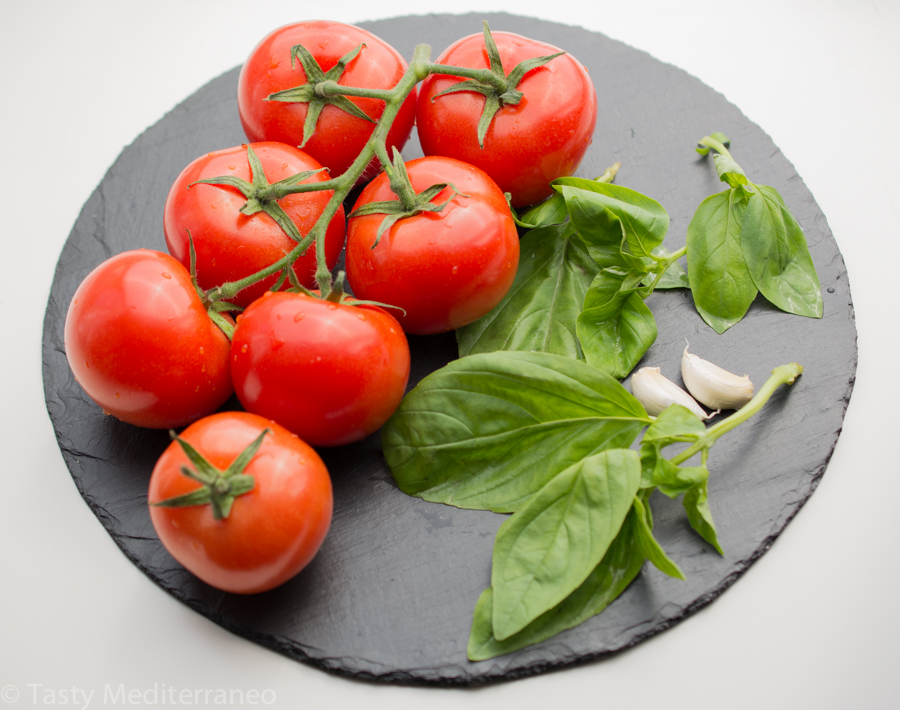
- Carrots and onions: Onions help to repel the carrot fly, which is a common pest of carrots. Carrots also help to aerate the soil, which can benefit onions.
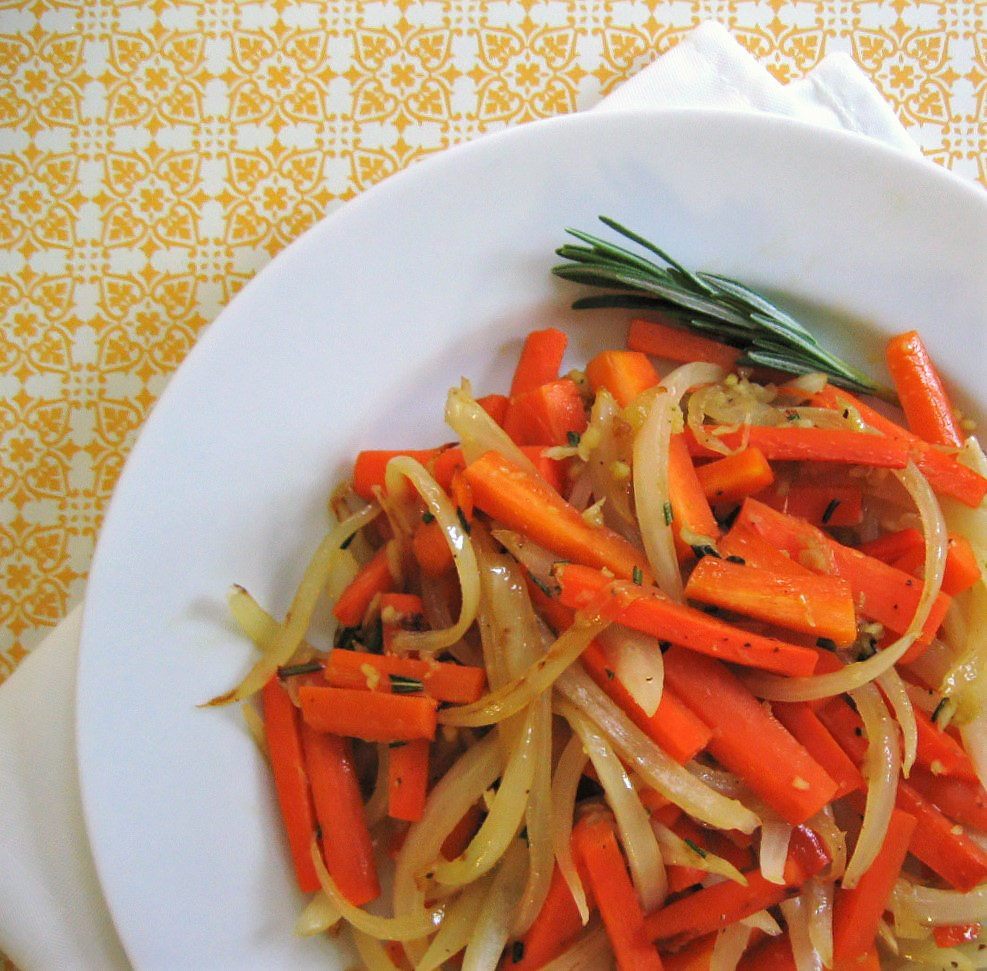
- Cucumbers and beans: Beans help to fix nitrogen in the soil, which can benefit cucumbers. Cucumbers also provide shade for beans, which can help to protect them from the sun.

- Lettuce and spinach: Lettuce and spinach have similar growing requirements, so they can be planted together. They also help to suppress weeds, which can free up your time to focus on other tasks.
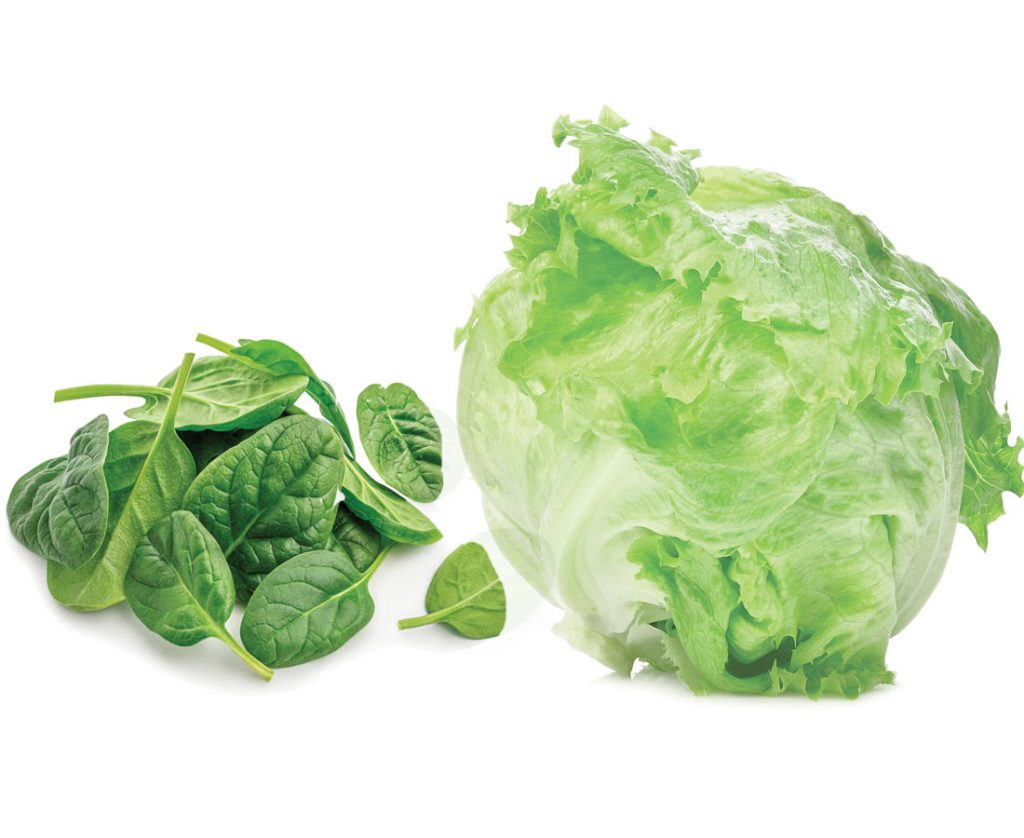
- Corn, beans, and squash: This is a traditional Native American planting method known as the "Three Sisters." Corn provides a support for the beans to climb, beans fix nitrogen in the soil, and squash shades the soil to help retain moisture.
Q: What are the benefits of companion planting?
A: There are many benefits to companion planting, including:
- Reduced pest pressure: Companion plants can help to repel pests and attract beneficial insects. This can help to reduce the need for pesticides, which can be harmful to the environment.
- Improved soil health: Companion plants can help to improve soil health by fixing nitrogen, aerating the soil, and suppressing weeds.
- Increased yields: Companion planting can help to increase yields by improving the growth and health of plants.
- Enhanced flavor: Companion plants can enhance the flavor of vegetables by attracting pollinators and deterring pests.
Q: What are some of the most common mistakes people make when companion planting?
A: Some of the most common mistakes people make when companion planting include:
- Planting incompatible plants together: Some plants do not get along well together and can stunt each other's growth. It is important to do your research before planting any two plants together.
- Planting too many plants together: It is important to give plants enough space to grow. If you plant too many plants together, they will compete for resources and may not thrive.
- Not watering enough: Companion planting can help to conserve water, but it is still important to water your plants regularly.
Q: Where can I find more information about companion planting?
A: There are many resources available to help you learn more about companion planting. Here are a few suggestions:
- The Companion Planting Chart: This chart lists which vegetables and flowers can be planted together.
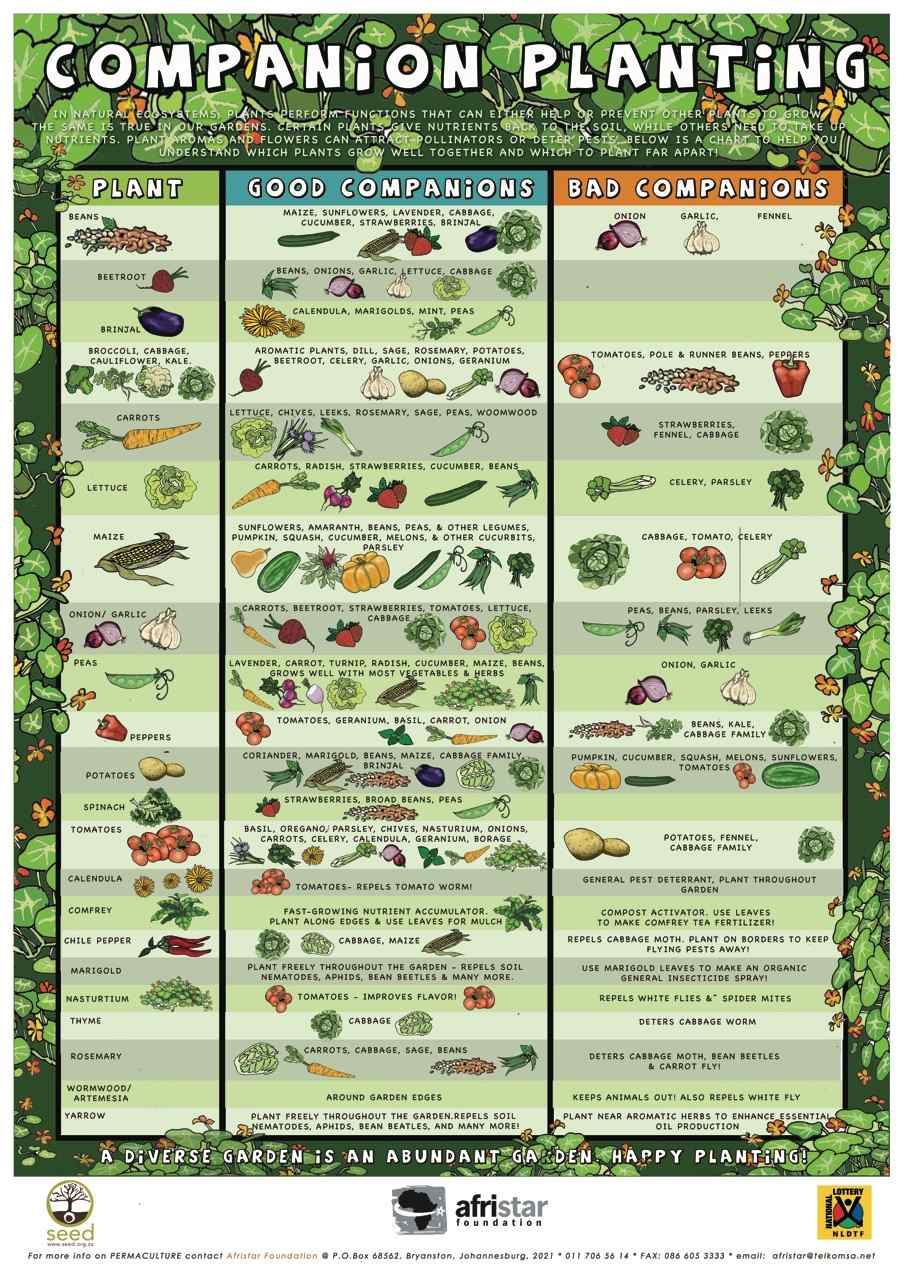
- The Vegetable Garden Primer: This book provides comprehensive information on companion planting, as well as other gardening topics.

- The Gardener's Companion: This website offers a wealth of information on companion planting, including articles, videos, and a forum.
Image of vegetables you can plant together
- Carrots and onions: These two vegetables repel each other's pests, so they're a great combination to plant together.

- Beans and corn: Beans fix nitrogen in the soil, which corn benefits from. Corn also provides shade for beans, which helps to protect them from pests.

- Lettuce and tomatoes: Lettuce doesn't shade tomatoes, which tomatoes need to thrive. Lettuce also attracts beneficial insects that help to control pests.
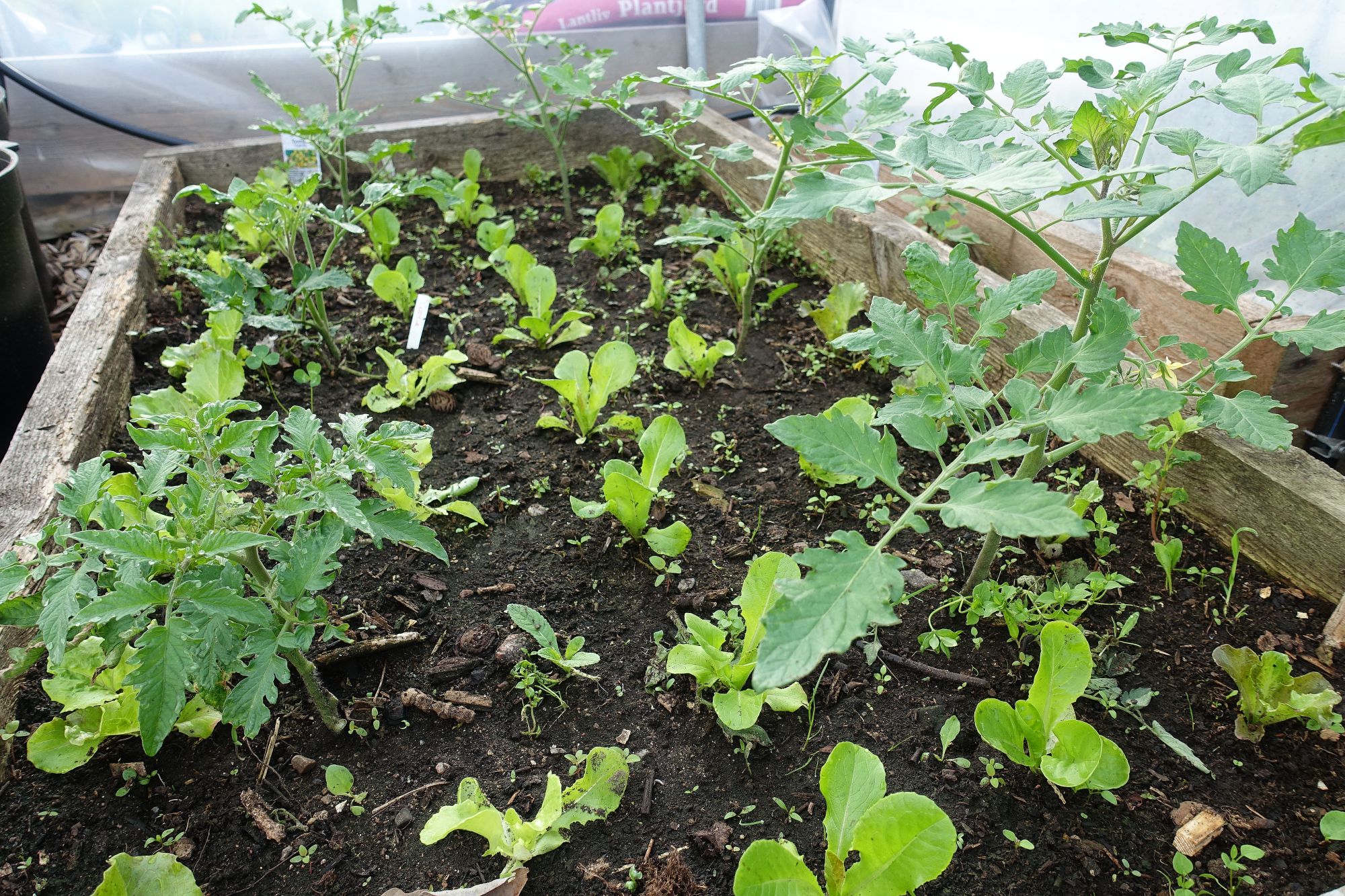
- Peas and spinach: Peas and spinach both prefer cool weather, so they can be planted together in the spring or fall. They also both benefit from being planted near carrots, which repel pests.
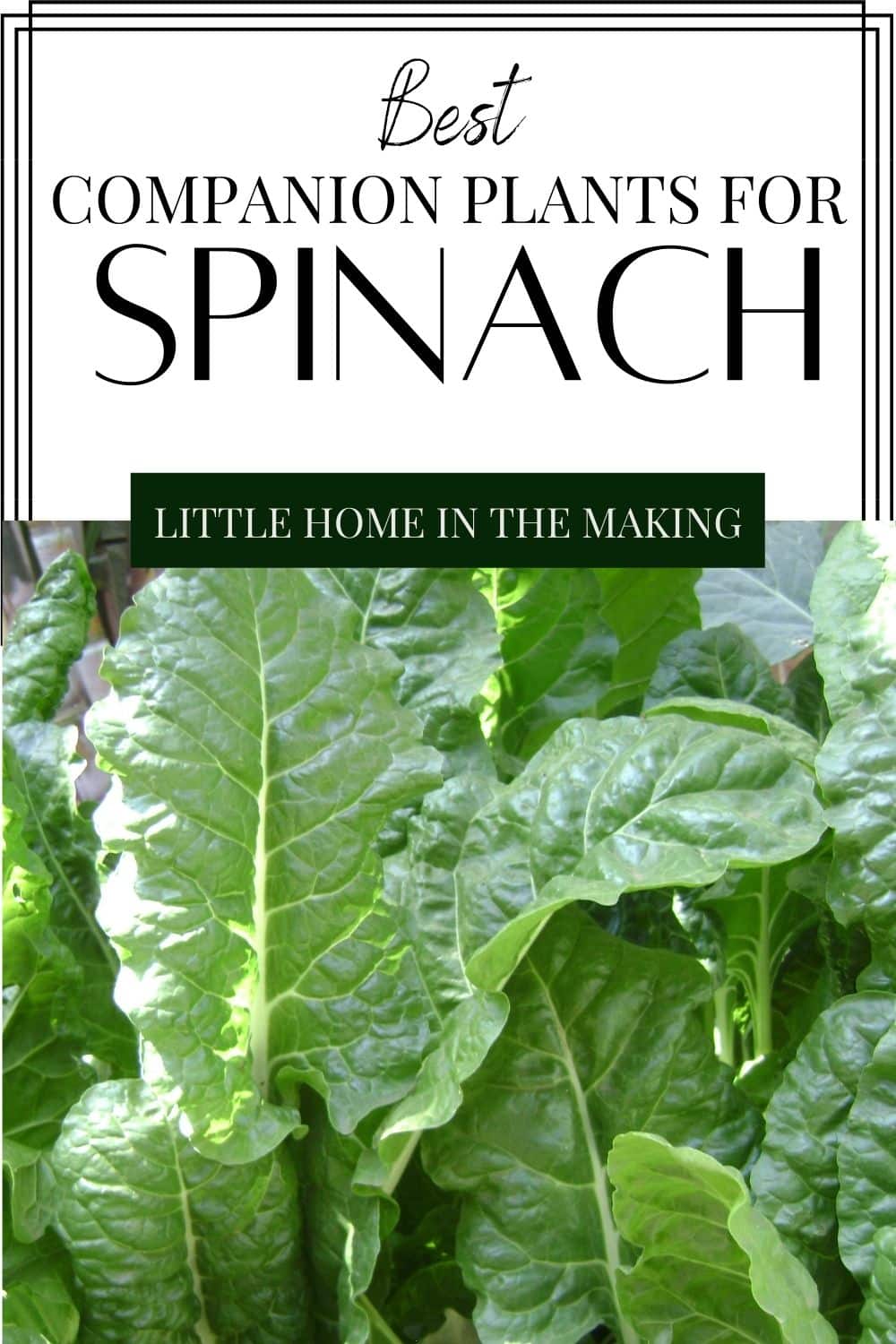
- Squash and pumpkins: Squash and pumpkins both need full sun and well-drained soil. They also both attract pollinators, which helps to improve fruit production.
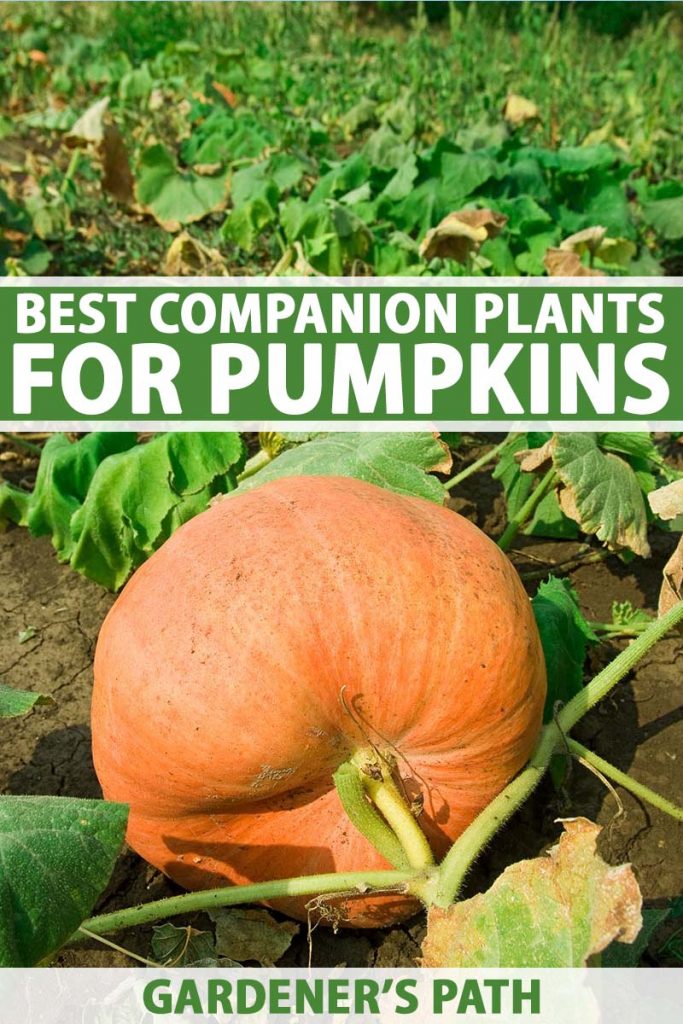

Post a Comment for "The Ultimate Guide To Companion Planting Vegetables"